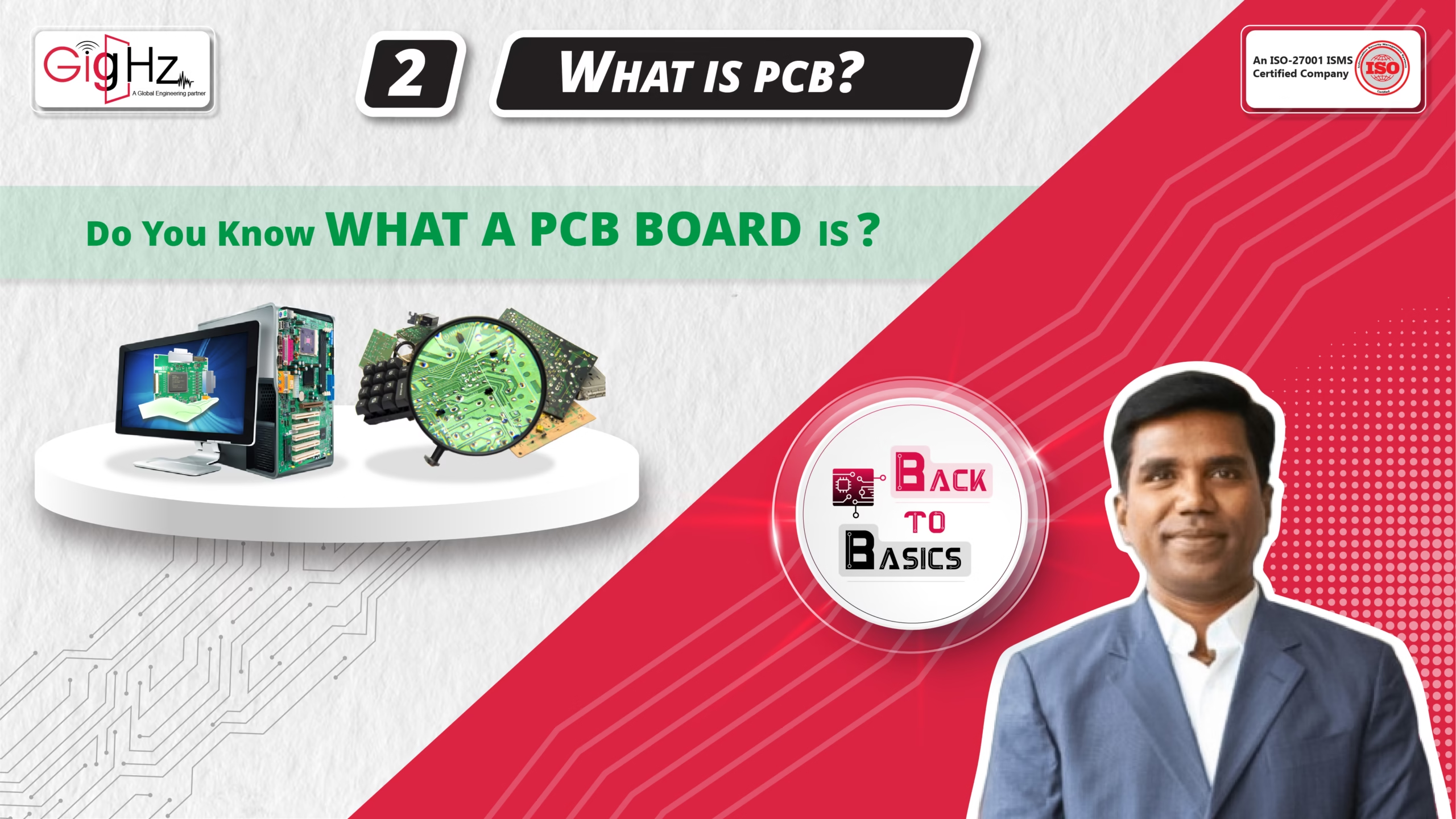
What is PCB?
Introduction – What is a PCB?
“We’re surrounded by amazing electronic devices every day, experiencing electronics in real life.
As we seen in our last video.
But have you ever thought, what makes them work?
What’s inside these devices that drives their functionality?
It’s all thanks to a crucial part inside these devices called, the Printed Circuit Board, or PCB.”
What is a PCB?
“Let’s take a closer look at what a PCB is and why it’s so important.
A PCB is a flat, rigid board that provides electrical connections and physical support for electronic components.
It serves as the heart of all electronic devices, from your phone to medical equipment.”
How Does a PCB Work?
How does a PCB achieve this?
PCBs are made up of layers, with each layer containing copper traces that act as pathways for electrical signals.
These traces connect the components, ensuring they work together to perform the desired functions.”
PCB Materials – What is it Made Of?
“At the core, PCBs base material are typically, fiberglass or plastic, providing structural support.
On top of this is a layer of copper, which allows electrical signals to travel between components.
This structure is key to how PCBs function so effectively.”
Solder Mask – Protection and Precision
“But it doesn’t stop there.
To protect the copper traces, we have the solder mask, which is the green coating you usually see on PCBs.
The solder mask not only shields the PCB from environmental factors like moisture and corrosion, but also ensures proper soldering, during the assembly process.”
Silkscreen – Labeling and Marking
“On top of the solder mask, we have another important layer—the silkscreen.
This layer is used to print essential labels for component identification, orientation markers, and logos.
These markings are crucial during the assembly process, helping ensure every component is correctly placed on the board.”
Why is a PCB Important?
“Now, let’s pause for a moment and recognize the value of PCBs.
They are truly the backbone of every electronic device.
Without a PCB, the components in your phone or laptop would be large and bulky, making them impractical and non-functional.
It’s not just about connecting components;
it’s about ensuring everything works smoothly and reliably.”
PCB Applications – Where Are PCBs Used?
“The applications of PCBs are vast.
They are used in nearly every industry, from consumer electronics to automotive systems, medical devices, and even aerospace technology.
Wherever there’s an electronic device, there’s a PCB making it work.”
“And it doesn’t end there!
Looking ahead, the world of PCBs are still evolving rapidly.
Conclusion – The Heart of Electronics
“So, the next time you pick up your phone or turn on your computer, remember: it’s the PCB inside that’s keeping everything connected and running smoothly.”
Scene 10: Thank you and ending
“In our next video, we’ll dive deeper into the fascinating world of PCBs, and explore the different types—how they are classified and what makes each type unique.
Stay tuned for that!”
“Thank you for being here today.
The world of electronics is constantly evolving, and there’s so much more to explore.
I hope you’ll join me again soon in our next video.
Until then, stay curious and keep exploring!”
Latest Videos
Get Customized Engineering CAD Design Service

